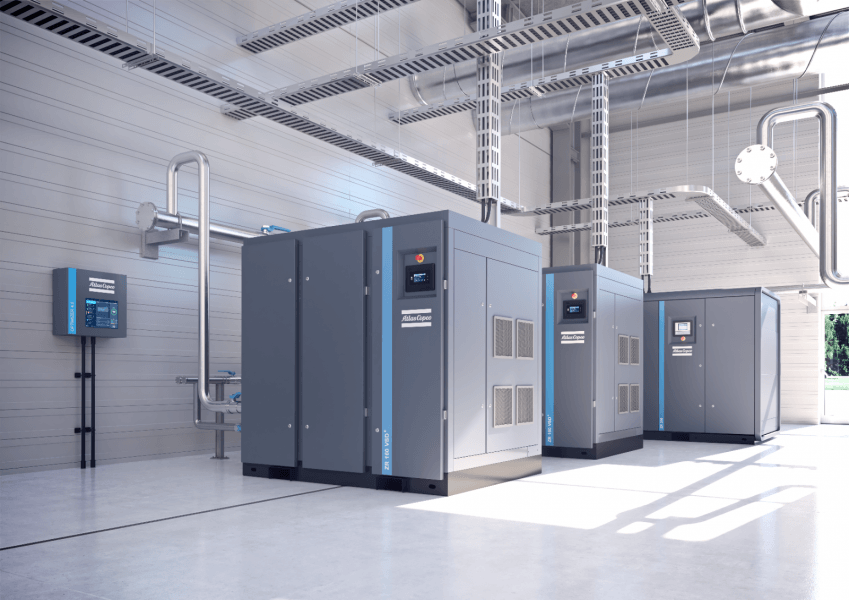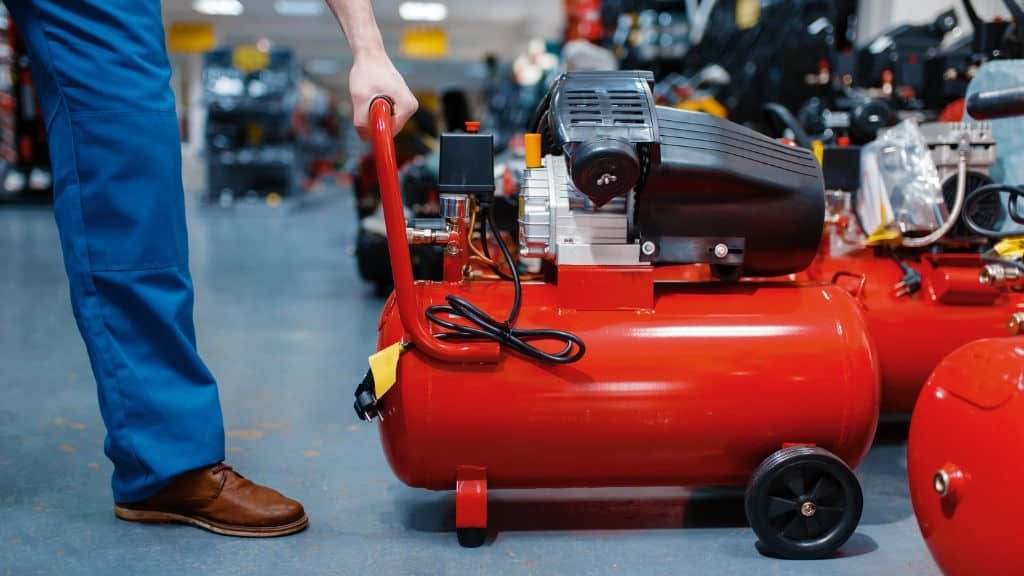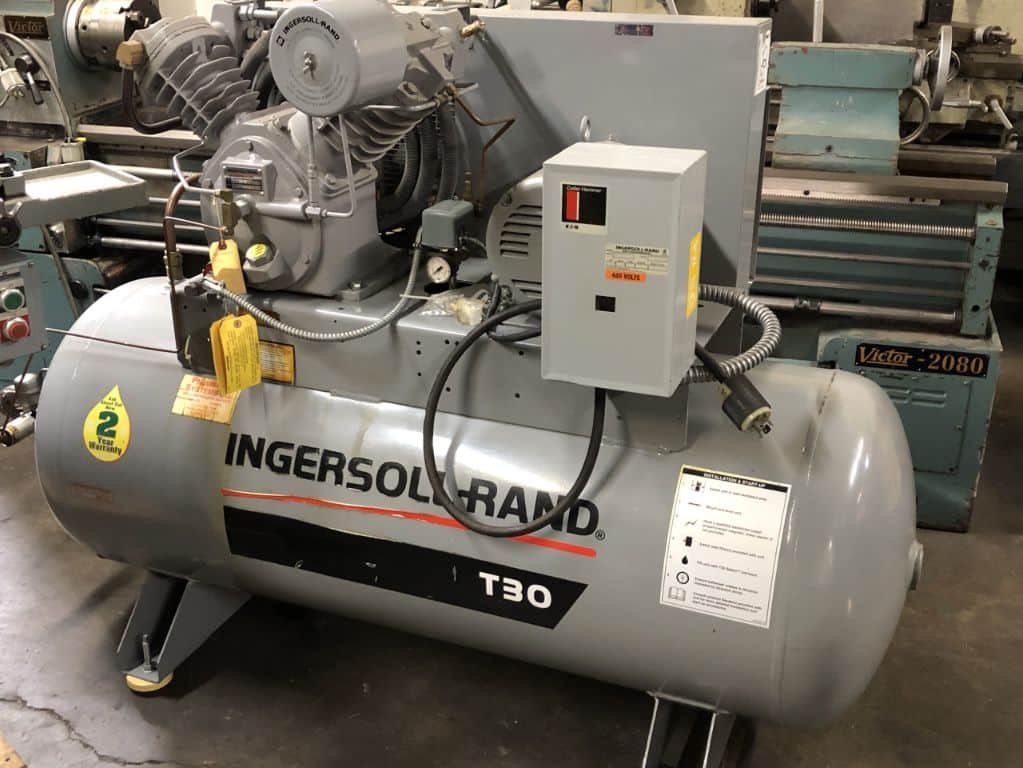Air compression is a fundamental concept in engineering, mechanics, and thermodynamics. Compressed air is used in a wide range of applications, from power tools and manufacturing to air conditioning and refrigeration systems. But what exactly is air compression, and how does it work?
What is Air Compression?
Air compression is the process of reducing the volume of air inside a closed space, such as a tank or a cylinder. This is achieved by increasing the pressure of the air, which reduces the space it takes up. The result is compressed air, which can be used for a variety of purposes.
Mechanics of Air Compression
The mechanics of air compression are based on Boyle’s Law, which states that the pressure of a gas is inversely proportional to its volume, provided the temperature and mass of the gas remain constant. In other words, if you decrease the volume of a gas, the pressure will increase proportionally.
To compress air, a compressor is used. The compressor’s job is to force air into a smaller space, thus reducing its volume and increasing its pressure. There are different types of compressors, including reciprocating compressors, rotary compressors, and centrifugal compressors. Each type has its own advantages and disadvantages, depending on the application.
Thermodynamics of Air Compression
The thermodynamics of air compression are based on the ideal gas law, which relates the pressure, volume, and temperature of a gas. According to the ideal gas law, the pressure of a gas is directly proportional to its temperature and the number of gas molecules present, and inversely proportional to its volume.
When air is compressed, its temperature increases. This is because the compression process increases the kinetic energy of the gas molecules, leading to a rise in temperature. If the compressed air is not cooled, it can lead to problems such as overheating of machinery or failure of the compressed air system. Therefore, many compressors have built-in cooling systems to keep the compressed air at a safe temperature.
Principles of Compressed Air
Compressed air has several key principles that are important to understand. First, compressed air contains potential energy, which can be harnessed to perform useful work. Second, compressed air can be stored and transported easily. Third, compressed air can be used in a wide range of applications, from simple pneumatic tools to complex manufacturing processes.
Conclusion
Air compression is an essential concept in engineering, mechanics, and thermodynamics. By understanding the mechanics and thermodynamics of air compression, we can better appreciate the principles of compressed air and its many applications. From power tools to air conditioning systems, compressed air plays a significant role in our daily lives.




